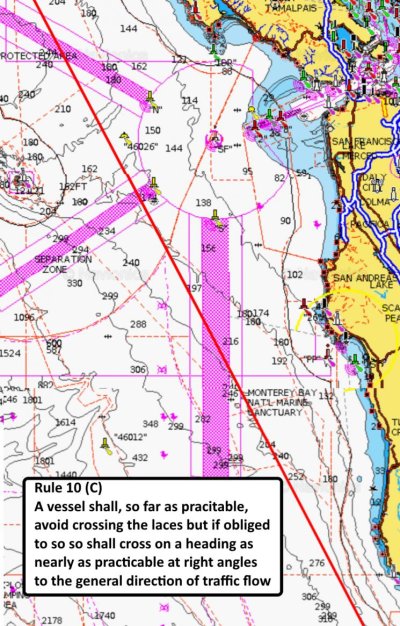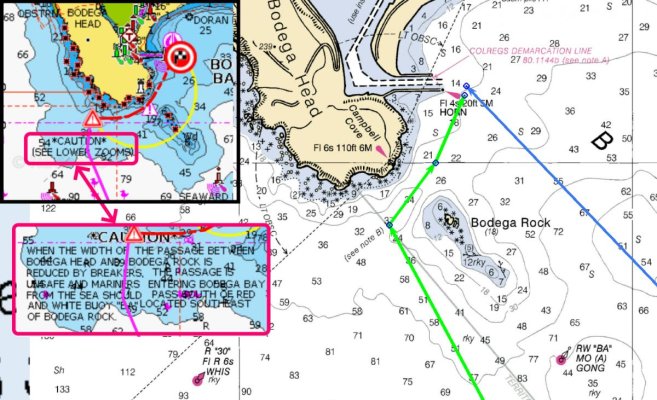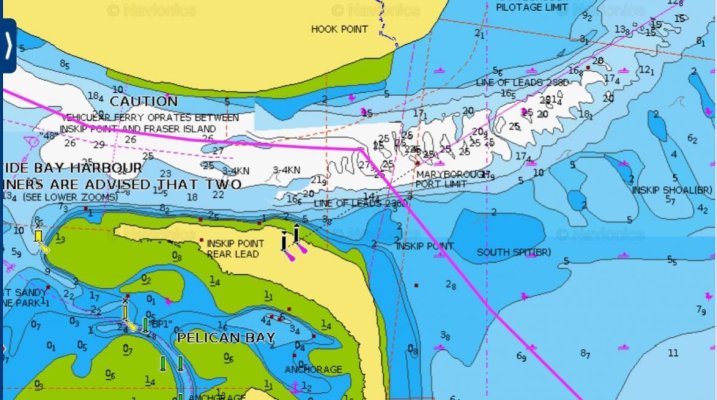Exactly!If thats what you prefer that is certainly your choice.
I dont get it right 100% of the time and always make it a habit to double check myself or any other route provided by others or any software. Maybe you are better than I and never make an error in waypoi to or routes.
Auto route has been a VERY useful tool for me in SOME situations.
I NEVER follow blindly and it is a backup for either a route I plotted or visual Nav with the auto route as a guide.
Too bad so many are so closed minded and willing to toss a potentially useful tool in SOME SITUATIONS.
As with many things trust but VERIFY!
Don,
I couldn't have said it better.
If one doesn't trust computer, they might be better off in another world. Virtually everything we do is computer related. Might as well, through out you chart plotter, dump the Ipad, dump your TV, engine controls in some cases, Generator, inverter, etc., etc.
Also, might as well cancel you bank account and put the money in your mattress, sell your car, dump your credit cards, drop your insurance, etc., etc.
I think you get the point.
However, nothing wrong with trust but verify.....



